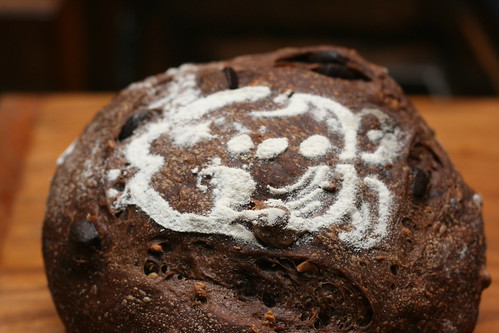The Bread Angel
Years ago I stopped making New Years resolutions. All that ever resulted was a big measure of guilt because I couldn't usually get beyond 24 hours without breaking them. One of the problems with previous years resolutions, is that they usually involved a diet. And, as we know, most diets treat bread that an evil that is to be totally avoided for fear of ever losing weight.
- Log in or register to post comments
- View post
- yogajan's Blog




